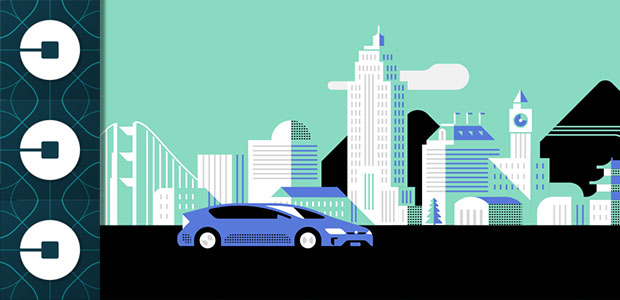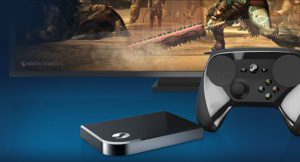Uber has launched a new service that lowers ride-sharing costs for customers who are willing to walk to and from designated locations.
Express Pool became available this week in several participating cities. Passengers must walk a short distance to a pickup intersection. They are then dropped off at another designated spot, close to their final destination.
Customers appreciate the cost savings of normal ride-sharing, but many would like the benefits that come with having designated pickup and dropoff locations, according to Uber spokesperson Kaitlin Durkosh.
Better, Faster?
“Walking and waiting help us make more optimal matches and provide better, straighter, faster routes with fewer detours, delivering an even more affordable and consistent option than POOL to customers,” she told TechNewsWorld.
The existing uberPOOL service allows riders to share door-to-door transit along a similar route.
Uber has made the hew Express Pool option available in Boston and San Francisco, where it already has tested it, along with Los Angeles, Miami, Philadelphia, Denver, San Diego and Washington D.C.
Rival Lyft’s carpool service, Lyft Line, accounts for about 40 percent of the company’s overall business in the 18 cities where its available. Lyft also been testing a Lyft Shuttle service in San Francisco and Chicago, giving riders deeply discounted rides along certain on-demand routes. Fares generally run about US$3 to $4 after discounts are taken.
Pressure Cooker
The new service comes at a time when urban transit systems across the country have been feeling increasing pressure, with overcrowding on board, a rash of high-profile train crashes and derailments, bus crashes, and unrelenting traffic congestion.
However, car-sharing services like Uber and Lyft actually have not helped relieve traffic congestion, according to a study the Metropolitan Area Planning Council released earlier this month.
Instead, they apparently have made it worse, the report suggests.
About 80 percent of 944 survey respondents said they used single-customer options rather than carpool options like Lyft Line or uberPOOL.
Further, many riders in the Boston area moved from public transit use to Uber, the report indicates, thus taking away revenue from the local commuter systems.
Also of note is the finding that the drivers appeared to make less on carpools than on single-person rides.
The survey did not include questions about the new Express Pool service.
Share the Burden
Building up the use of carpools among ride-sharers might help ease some of the burden of vehicle traffic, said Steven Polzin, director of mobility policy research at the University of South Florida’s Center for Urban Transportation Research. He was not involved in the Metropolitan Area Planning Council’s research.
However, “there has been a growing concern that TNC (transportation network company) vehicles are creating urban congestion and constituting a meaningful share of vehicles on urban roadways,” he told TechNewsWorld.
Further, the cars may not be operating efficiently as they wait to pick up new passengers, Polzin suggested.
Moving to increased ride-sharing is a good model if it removes excess vehicles from the street and reduces travel time by moving more riders to a larger street, said Sharon Feigon, executive director of the Shared-Use Mobility Center.
“It’s also less expensive for the user, so that’s a positive for the user,” she told TechNewsWorld, “and if that increases business, it would be a plus for Uber as well.”






















































